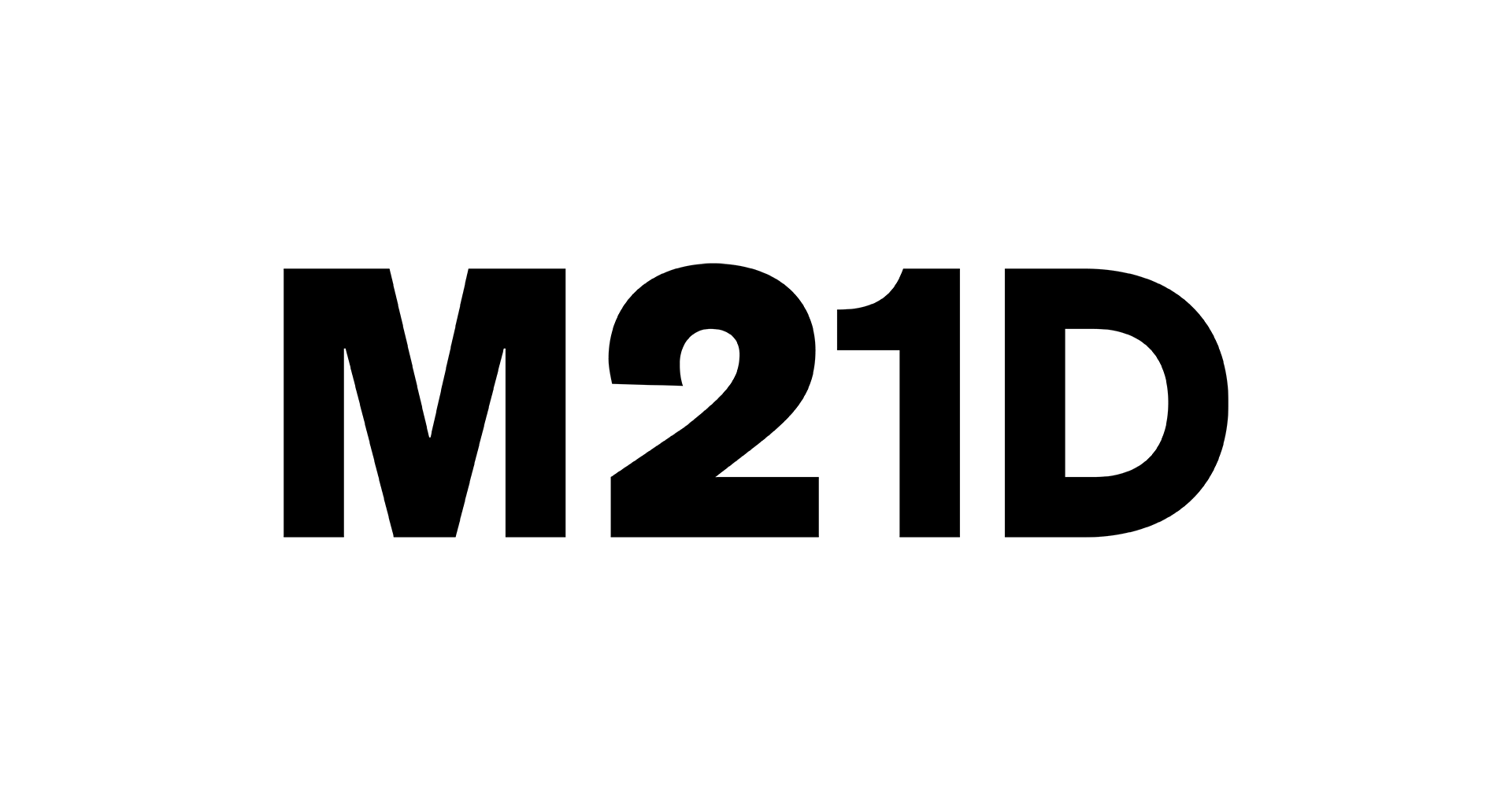Gendered Toilet Sign
The gendered toilet sign is globally one of the most recognized pictographic symbols; however, the symbol’s relationship to what it represents depends on gender norms rather than the fixtures or activity of the space itself that it represents.

The gendered toilet sign is globally one of the most recognized pictographic symbols; however, the symbol’s relationship to what it represents depends on gender norms rather than the fixtures or activity of the space itself that it represents. This dichotomy raises questions about cultural approaches to categorizing humans, the categories that receive preferential treatment, and who gets left behind.
The gendered public bathroom construct is a relatively recent phenomenon. It wasn’t until the 19th Century that public toilets were divided by gender in the United States under the auspice of protecting women when an increase of middle-class white women began accessing public spaces. The gendered toilet signs arrived later. In the mid-1960s, the British Rail became one of the first railways to implement a standard design style for all signs in their trains, stations, and restrooms. This institution first created the gendered toilet sign familiar around the world today. This occurred concurrently with an increase in tourism, and in the 1970s, the U.S. followed Britain by adopting a comprehensive sign system for public transportation. The American Institute of Graphic Arts developed a set of pictograms to identify elevators, escalators, babies’ changing rooms, and public lavatories in transit locations around the country.
Symbols create associations between ideas, places and actions. The existing toilet symbol links the restroom to gender, as it forgoes representations of toilets, water fixtures, or other implements of biological processes. And the familiar pictograms for “male” and “female” reduce gender down to bodies and clothing — reinforcing outdated gender stereotypes and erasing non-binary people. As architecture academic Simona Castricum explains, “the familiar signage silhouettes of male and female that mark our public bathrooms reduce gender to our bodies and clothing. Not only do they reinforce outdated gender stereotypes, but they also erase non-binary people.” Recently, new experiments in all-inclusive bathroom signage have abounded; however, this progress in signage does not change the fact that bathrooms remain dangerous for trans people.
Many surveys exist that agree: public restrooms do not support trans people. 48% of trans people surveyed in the U.K. in 2017 reported feeling unsafe using gendered public toilets. In a 2015 survey of American trans people, 12% of respondents reported being verbally abused in a public bathroom in the past year, 1% said they had been physically assaulted in a bathroom in that year, 32% said they limited how much they ate or drank so that they wouldn’t have to use a public restroom, and 8% reported having contracted a urinary tract infection or kidney infection as a result of avoiding bathroom use. Supplemental resources have appeared to help people find safe restrooms, such as Safe2Pee and RefugeRestrooms. But these stopgaps do not correct the danger.
Gendered restrooms in their current form also fail women. In Europe and North America, building conventions allocate the same floor space for men’s and women’s restrooms, accommodating between 20-30% more toilets for men because urinals take up less space than stalls. This practice continues despite the well-documented fact that women take up to 2.3 times longer than men to use the toilet and use the bathroom more frequently and for more reasons, such as menstruation and pregnancy. Women empty their bladders more often than men and take longer – an average start-to-finish time of 60 seconds for men but 90 for women.
Globally, one in three women and girls cannot access a toilet. This is a problem that is most acute in low-income counties and the informal economy. For example, around a quarter of all workplaces did not have toilets in Cambodia, and in Vietnam, 74% of marketplaces had no toilets. According to Equity Health Journal, around a quarter of all workplaces did not have toilets in Cambodia, and around 14% of workplaces had inadequate toilets in the Philippines. In Vietnam, about 3% of health stations and 74% of marketplaces had no toilets and 11 and 13%, respectively, had inadequate toilets. Assuming women employees were absent for one day a month due to a lack of washing facilities during their menstrual period, the study estimated 13.8 and 1.5 million workday absences in the Philippines and Vietnam, respectively, with an economic loss of USD 13 and 1.28 million per year. Inadequate access to appropriate toilet facilities reduces women’s participation in the paid workforce.
Gendered toilets provide sanctuary to some women who feel the threat of gender-based violence in a public space and comfortable places for members of cultural groups that cannot use mixed-gender facilities. The spaces also provide facilities for cultural groups with beliefs about modesty and gender segregation. “As a Muslim in North America, there are few spaces where I can comfortably wash up before each of the five daily prayers,” explains blogger Miss Muslim NYC. When working with a leading Australian University, nine students were surveyed who identified as non-binary and thousands of Muslim students. This tension complicats current efforts to include more people in public representation.
Additional resources
Access and safety
“The potty parity problem: Towards gender equality at restrooms in business facilities,” Socio-Economic Planning Sciences
“1 in 3 women lack safe toilets,” Water Aid
“Safe spaces for women, by women, bring smart infrastructure for all,” UN Women
“Queer Space: Toilet Provision, Access and Inclusion in the West Midlands,” Sexuality Research and Social Policy
Toilet design and gender inequality
History of bathroom signs
“The Stuff of Life: The Origins of Bathroom Signs,” The Atlantic
“Go Where? Sex, Gender, and Toilets,” The Society Pages
“Public bathrooms are gender identity battlefields. What if we just do it right?,” The Guardian
